The woman's body lolls casually under the artist's brushstrokes. The abstract depiction on the Paris newspaper from October 1963, which in turn was pasted onto a piece of canvas cut freehand, creates a unique arrangement.
The object was fixed on small mustache bases and mounted on a black passe-partout.
Professional black framing with white gold decoration and non-reflective glass
BIOGRAPHY
Antonio Guansé was born on January 1, 1926 in Tortosa, a town in northeastern Spain, in Catalonia.
Son of an official and nephew of a writer, he moves with his family to Barcelona where he begins secondary school and writes at the age of eleven, his first poems.
This love of poetry will not leave him and will deeply permeate his work as a painter.
The inclination for painting will appear around 1945, through portraits and landscapes of Cerdanya.
His work and his personality draw their roots, through deeply telluric visions, in the origins, the lands of the Ebro.
From 1948 to 1951, while joining the group "Ciclos Experimentales de Arte Nuevo" and attending the French Institute of Barcelona where he meets a young generation impatient to move the art that has been dormant since the Civil War, Guansé makes stays in Ibiza, in the Balearic Islands, where he paints the world of fishermen and peasants.
On January 26, 1953, he comes to Paris, thanks to a grant from the French State. There he meets Pablo Picasso, one of his main influences. In 1954, he moves permanently to Paris and begins to exhibit there regularly.
From 1956 to 1958, color takes a prominent place in his works whose forms explode. An organic dynamism generates compositions that approach an "abstract expressionism".
In 1959, his research leads him to a new plastic language similar to what will later be called the "New Figuration", an artistic movement that makes the transition from the hegemonic abstraction of the 1950s to a narrative figurative, which will be launched in 1965.
In 1962, he wins the Critics' Prize in Paris.
In 1965, he perseveres in the representation of man: the body, the woman, the couple, and the space that surrounds it, made of windows, mirrors, crowds, cities. He is selected in 1967 for the International Marzotto Prize.
Beginning in 1970, he produces illustrations of books by French and Spanish poets, including Paul Eluard 's "Dit de la Force de l’Amour". He makes his first tapestries and paints subjects that condition the man of his time, such as urban landscapes, television, telephone. He performs with his eight other painters, in front of the public, his painting Concrete (4 x 3m), on the platforms of the metro Saint-Augustin. He works hard with forms and colors, which reflect his worries, his anxieties and his evolution.
He then accumulates personal exhibitions, more than a hundred in total, until the most recent: in particular at the Museum of Tarragona in 2001, in Paris in 2008, and a posthumous tribute "Guansé y sus amigos de Paris" in Madrid. He is part as well of the great UNESCO exhibition, organized in 1996 for the fiftieth anniversary of the School of Paris.
His path is that of a loner, very jealous of his freedom, his independence. He never tries to convince of the validity of his approach. His work speaks for him and affirms a character that will push him more and more towards simplification, the stripping of forms, the need to go back to basics. The presence of man keeps on asserting itself over the paintings and over time.
Antonio Guansé died on November 22, 2008, in Paris.
His work is present in many prestigious public collections, but also in the National Museum of Modern Art in Paris, the Museo de Arte Contemporaneo in Madrid and in Toledo. Antonio Guansé had his own language - a exploded, virtuoso figurative, which gradually softened with time; permanent coups in form and color.
Fraternity was the hallmark of the man and the artist.
Christophe DAUPHIN (« Les Hommes Sans Epaules »).






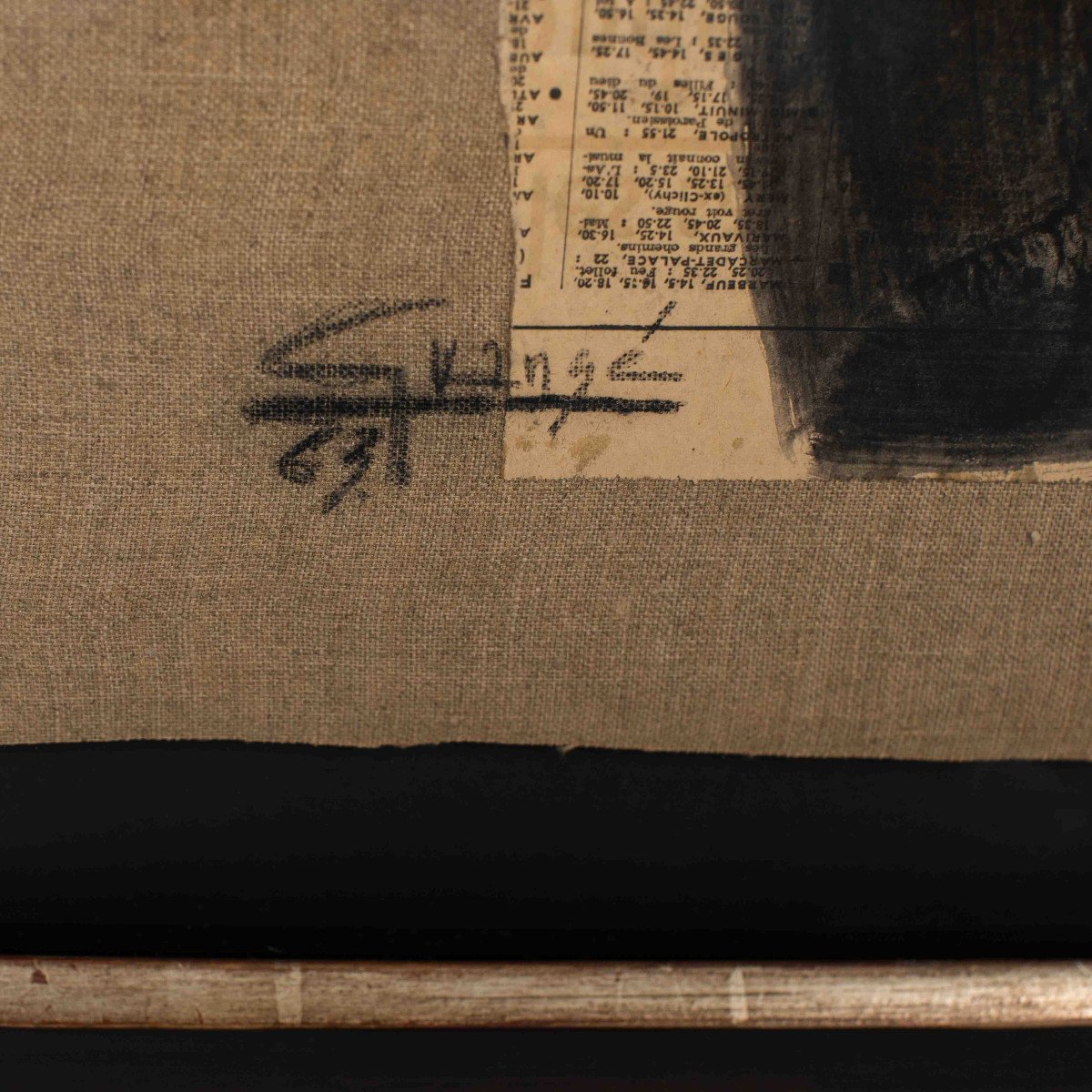



















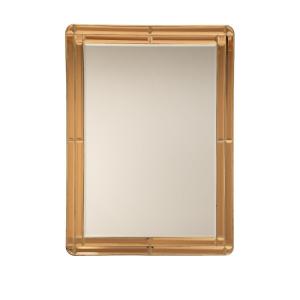



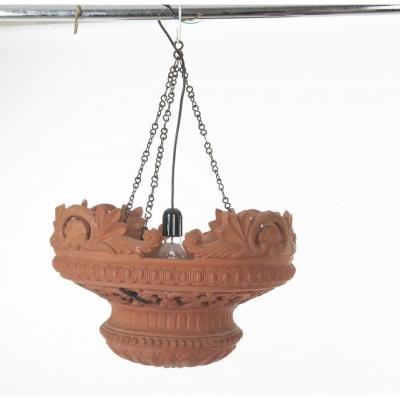






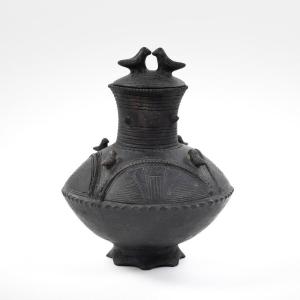
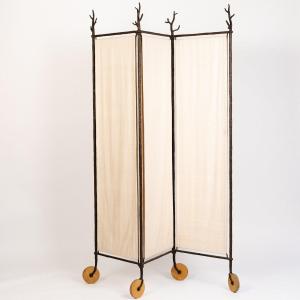









 Le Magazine de PROANTIC
Le Magazine de PROANTIC TRÉSORS Magazine
TRÉSORS Magazine Rivista Artiquariato
Rivista Artiquariato